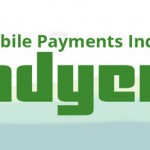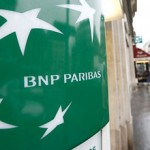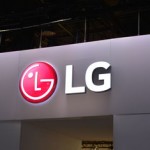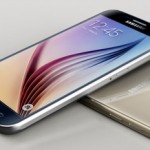Well of History: A brief history of the means of payment
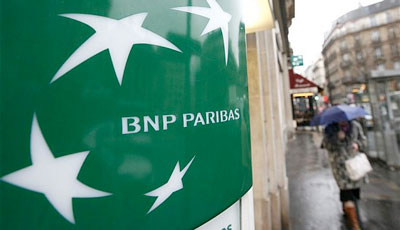
How to buy, sell and pay your debts? Almost as old as humanity itself, the means of payment has seen an acceleration in its history with the development of computers and new information technologies. An evolution that BNP Paribas has always actively supported and sometimes even initiated.
From bartering that had been in vogue for more than 12,000 years to the emergence of “hard cash” currency, 2,000 years BC, then notes around the year 800 and cheques, which arrived in France in 1826 with such resounding success… we have ended up using a wide variety of payment options. These options were further increased in the middle of the 20th century, reflecting the social progress and economic expansion of the country.
From paper cheques to plastic cards
At the end of the 1960s the French massively opened cheque book bank accounts. But this commercial opportunity for the banks also multiplied the transactions that they had to process and resulted in huge paper flows. The payment card, which originated in the United States, changed the way people paid and also enabled the banks to make savings. The first cards were proposed to BNP customers in 1967 under the “carte bleue” label. For this, the bank teamed up with five other banks: Crédit lyonnais, Société générale, Crédit industriel et commercial, Crédit commercial de France and Crédit du Nord.

Minitel, Internet: home banking
1980 saw the start of the great adventure of remote payment first of all with the arrival of telematics as materialised by the iconic Minitel. BNP was a pioneer and took part in the experiments in Vélizy. 2,500 homes (500 being customers of the bank) tested for the first time a home banking service: information about a range of products, addresses and opening times of the branches and, even then, ordering a new cheque book or foreign currency and seeing the situation of their account. The experiment was conclusive and in 1983, six months after national commercialisation of the Minitel, BNP equipped its branches and the first customers who discovered cash management and the placing of trading orders in real-time.
Internet took over from telematics and the French started learning about e-commerce and e-payment.Paribas, the leading bank in France on the Internet, opened its information site in 1995. This was followed in 1997 by services for remote invoice payment and payment on Internet.
Micro-payments and e-security: innovation in everyday payments
In 1999, while the banks were slowly adjusting to the euro (in its cashless form), the Moneo pilot scheme launched by BNP and six other banks led to the development of the electronic wallet using a pre-paid smart card, for small payment amounts in everyday life that were usually paid for in cash.
Today, payment without contact or code
The future of payment means lies in mobile terminals, smartphones or tablets. In 2009 BNP Paribas was one of the first banks to offer its customers the possibility of managing their accounts through text messages and to send its customers SMSs. This is also the era of contactless NFC payment technologies, that make things quicker at the check-out till: no need to enter a PIN, you just place your card or mobile phone close to the retailer’s terminal.
Source: BNP Paribas









